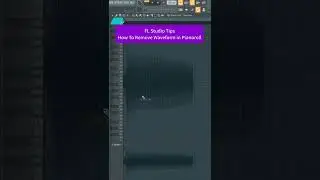Intervlan Routing with trunks and etherchannel on Cisco L3 and L2 switches Configuration
VLANs divide broadcast domains in a LAN environment. A broadcast domain is a logical division of a computer network, in which all nodes can reach each other by broadcast at the data link layer.
When broadcast domain gets too large it slows down the network so we use VLANs to divide or segment the LAN network, to improve performance and security.
For hosts in different VLANs to communicate, the traffic must be routed between them. This is known as inter-VLAN routing. This is accomplished by the creation of Layer 3 interfaces, which you will see in this video.
Trunk basically allow more than one vlan traffic on the same port
while Etherchannel, aggregate two or more ports into one logical port for adding bandwidth.
Trunk ports on this project are configured with encapsulation dot1q to allow VLAN traffic.
Etherchannel is comprised of channel-group and port-channel with Link aggregation control protocol, LACP.
Port-channel is comprised of 4 ports all configured as trunk with dot1q encapsulation.
Note that portchannel is automatically created in layer 2 switch after you assigned channel-group and made it active.
In layer 3 switch, port-channel is manually created before assigning interfaces to channel-group.



![[친절한꿀팁] 다이소에서이것만은사지말자/다이소비추템](https://images.videosashka.com/watch/nlkaq6kQ83Q)



























